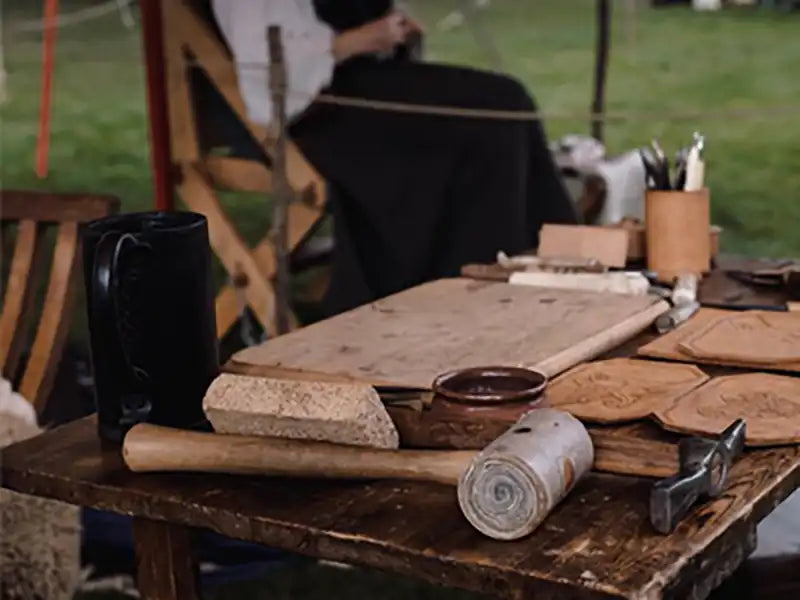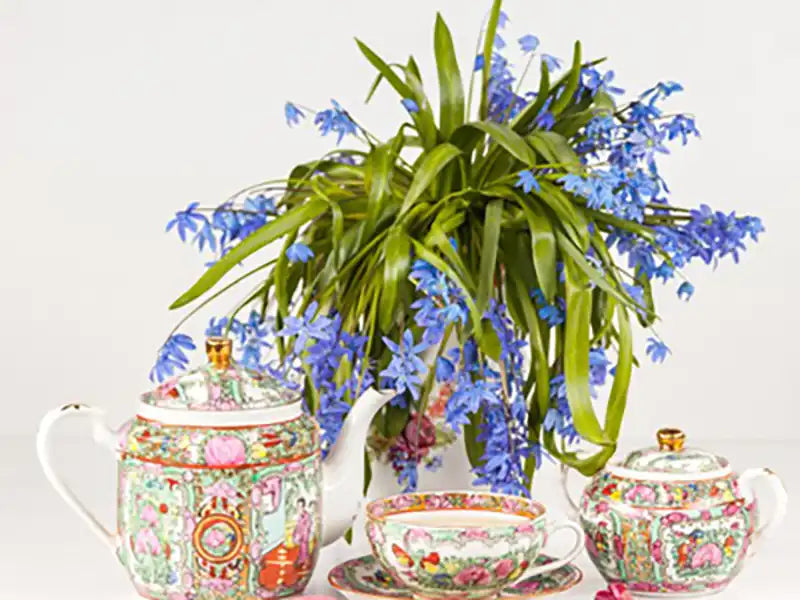Syngonium plant is also known as "goose paw" or "rabbit leaf". Pink syngonium flower is one of the most popular types of syngonium flowers. This plant belongs to the genus "Syngonium" and belongs to the family "Araceae", which is native to Central America.
Syngonium is a plant resistant to low light and adapted to environmental conditions. Then join us to introduce you to how to care for cingonium flowers.
What are the appearance characteristics of Cingonium flower?
What is the difference between this plant and Philodendron plant?
Cingonium flower is a fast-growing plant that is very similar to Philodendron.
The distinction between the two plants is that in the syngonium plant, the young leaves are lanceolate with yellow veins.
The leaf shape of this plant changes near the junction with the petiole and is divided into two parts that at the end resemble the corners of a rabbit; For this reason, it is also called rabbit leaf (rabbit leaf can be seen in green, blue, miniature, pink, and red species).
The stems of this plant are very soft and due to its ascending growth, it should have a support so that it does not break.
If the stem of the syngonium comes in contact with a wet place, improper roots will form in it.
Also, due to the presence of improper aerial roots, the syngonium plant needs a mossy guard to be able to absorb water and nutrients through it.
Cingonium plant
Different species of syngonium flowers
This plant has about 36 species. The most beautiful species of this plant are:
1) S.auritum (toe plant)
The toe plant is a climbing plant with bright green leaves.
This species has a main trunk in its center that grows about 20 cm. Attached to this trunk are two medium-sized stems at the top and two small stems at the bottom.
The toe plant has a total of 5 small and large stems.
2) vellozianum
This plant is a climbing plant with bronze stems and green leaves.
This species is similar to Syngonium pedophilum at the beginning of growth, but over time and as it grows, it will become narrower and taller than it was in its original state.
vellozianum
3) S.wendlandii
This species is a climbing plant with leaves that are spear-shaped in youth and in 3 puberty and light green in color with white veins.
4) podophyllum
Syngonium podophyllum is the most famous species of syngonium.
There are differences between the different types of Syngonium podophyllum, which we will mention below: Syngonium podophyllum (royal white)
This type of Syngonium podophyllum has white leaves with light green streaks.
Syngonium podophyllum (Pixie)
Pixie is the exact opposite of royal white; That is, its leaves are green with white streaks. These veins start from the center and reach to the edges of the leaf.
Pixie syngonium is the most popular type of syngonium; Because it is smaller than the rest and does not grow too large (in fact, it does not move and will not change much in size).
Syngonium podophyllum (white butterfly)
In this type, the leaves are almost white, but sometimes you can find very pale green or yellow leaves.
Syngonium podophyllum (emerald)
The leaves of this plant are very large and its stems are short and there are streaks of white (or very light green) on its leaves. One way to distinguish this plant from other types of syngonium is the sharp tip of its leaves.
A young emerald podium phylloxera plant has very sharp leaves, which makes it easy to spot.
Syngonium podophyllum (varigatoma)
In varigatoma, the underside of the leaves is transparent. There is also a cream-colored discharge that you may confuse with decaying leaves.
Syngonium podophyllum (green emerald)
Green emerald (as its name implies) has very green leaves.
This type of Syngonium podophyllum is very similar to the main plant of Syngonium in nature.
Syngonium podophyllum (golden green)
The "golden green" syngonium has very attractive leaves. The leaves are completely yellow, covered with a dark green stripe. This plant is an excellent climbing plant.
Syngonium podophyllum (alburens)
The leaf veins of this plant are silver or cream in color. Some of the leaves are completely cream and the edges are covered with green.
Syngonium podophyllum (Trilph Wonder)
Trifle Wonder has green leaves with silver streaks.
Syngonium podophyllum (Atroviners)
The leaves of Atroviners are slightly darker than the previous type and, like it, are decorated with silver streaks.
What are the suitable conditions for keeping Syngonium?
How is proper irrigation done for cingonium flowers?
This plant needs moderate irrigation; That is, you should allow the potting soil to dry to the size of a fingertip between waterings, and then water.
Excessive watering will also cause rot to the roots and stems of your plant.
It is also better to use cooled boiled water for irrigation.
How Much Moisture is Suitable for Cingonium Flowers?
To provide moisture to the plant, it is best to spray daily (or use an island mode to create moisture by using pebbles and water under the pot).







